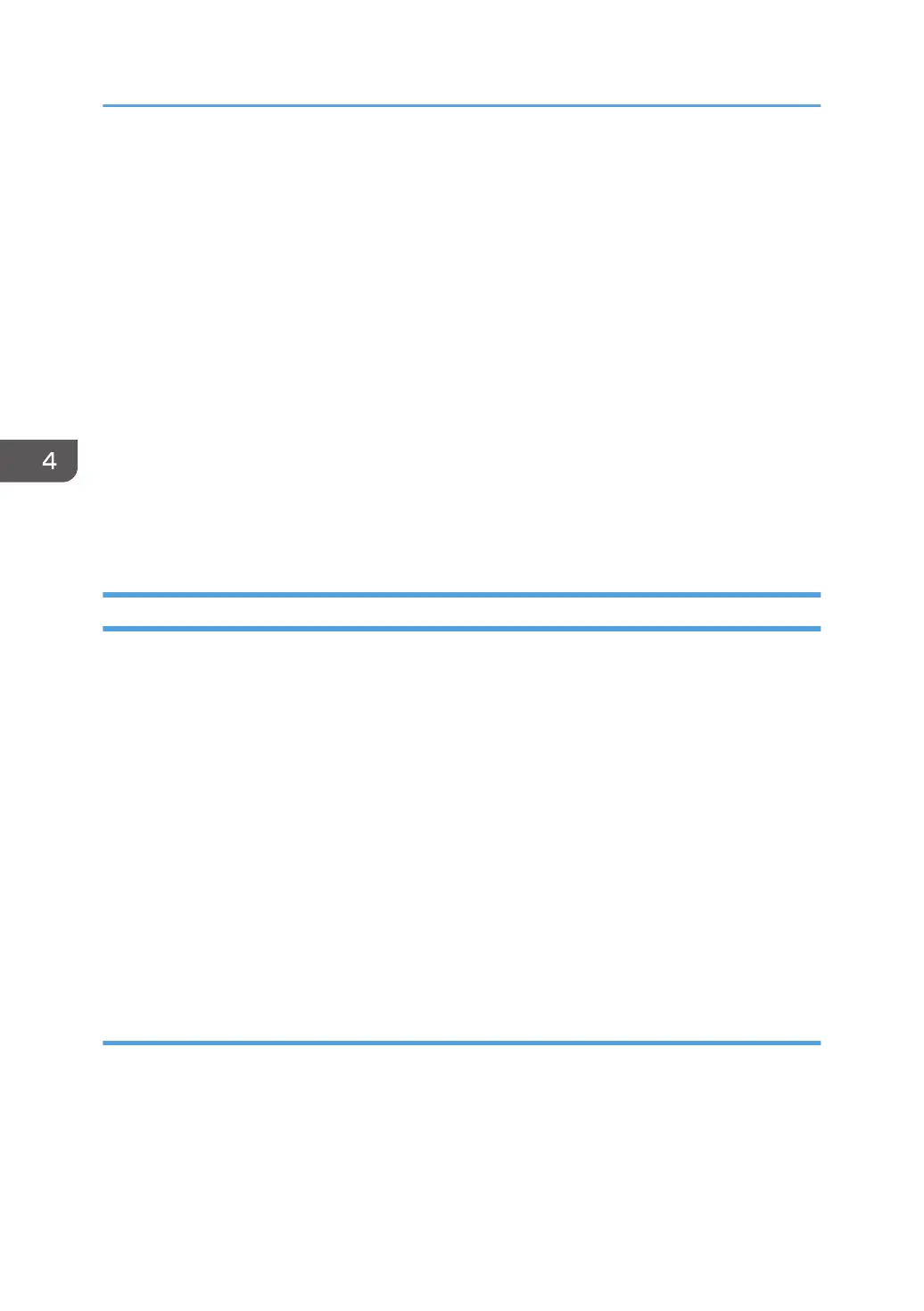data re-transmission only after a synchronizing command (such as XOH Print Buffered Data or
XOA Discard Buffered Data) is successfully acknowledged. A terminating condition causes the first
NACK to be reported. The next NACK is reported when the next five bytes of data are received.
This is usually an IPDS command header. Reporting a NACK discards all data currently received.
The process of receiving five bytes and sending a NACK repeats until the NACK queue is
exhausted or cleared by the appropriate link-level command.
•
An ACK indicates that the data stream was checked and that commands were transformed into the
printer's internal command language, with the following exceptions: – Asynchronous-position
exceptions and undefined character exceptions are not detected until print time. – The data stream
is not checked when IPDS is being saved for future use, as in overlays and page segments, and
when more than one copy group is specified in a Load Copy Control (LCC) command. An
exception in an overlay or page segment is reported synchronously with the End Page (EP)
command on the page it is used. An exception in a saved copy group is reported synchronously
after the EP command; that is, in the next command after the EP.
• The XOA Exception-Handling Control (EHC) order tells the printer how to handle exceptions. More
information about the EHC order follows.
Exception-Handling Control (EHC)
The EHC order lets you control the three exception-handling functions listed below. Brief descriptions of
the functions follow this listing.
•
Exception Reporting. You can record three types of exception conditions and related exception
information and have them reported at specified times using NACKs.
• Alternate Exception Actions (AEA). You can specify whether the printer is to take Alternate
Exception Actions (AEAs), which prescribe actions to take when the printer is given an IPDS
command or parameters it does not support.
• Exception-Presentation Processing. The exception-presentation processing function has two parts:
• Page Continuation Actions (PCA). You can specify whether to end or continue processing a
page that has an exception.
• Exception Page Print. You can specify whether the printer is to print or discard a page that
was terminated.
Exception Reporting
Use the exception-reporting bits in the Exception-Handling Control (EHC) record to control the
recording and reporting of three classes of exceptions:
•
Undefined characters
• Position exceptions
• All other exceptions that have AEAs.
4. Exception Reporting, Sense Data, and Recovery
46
